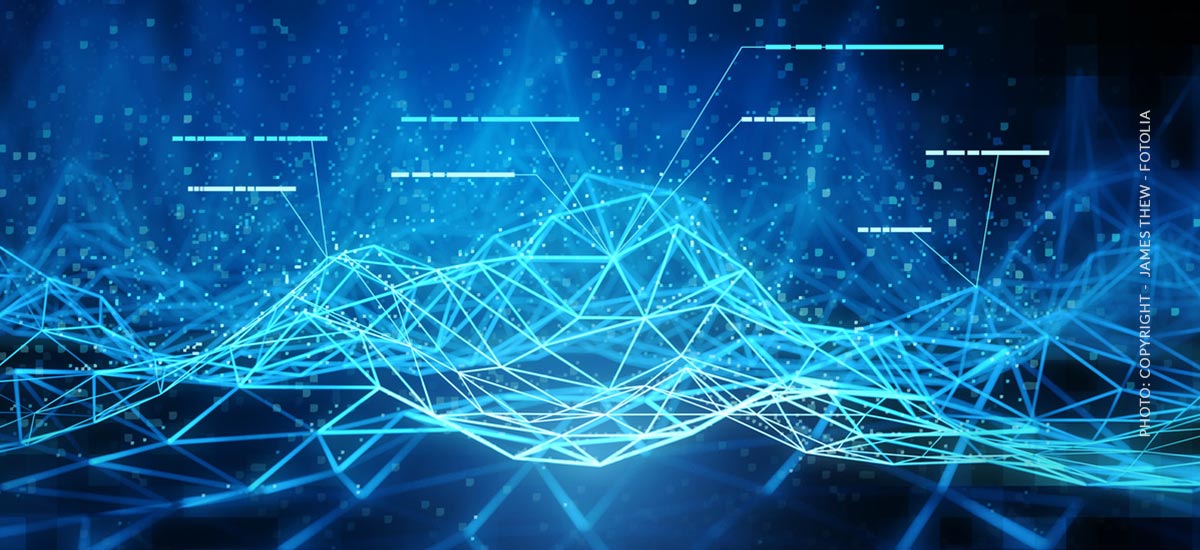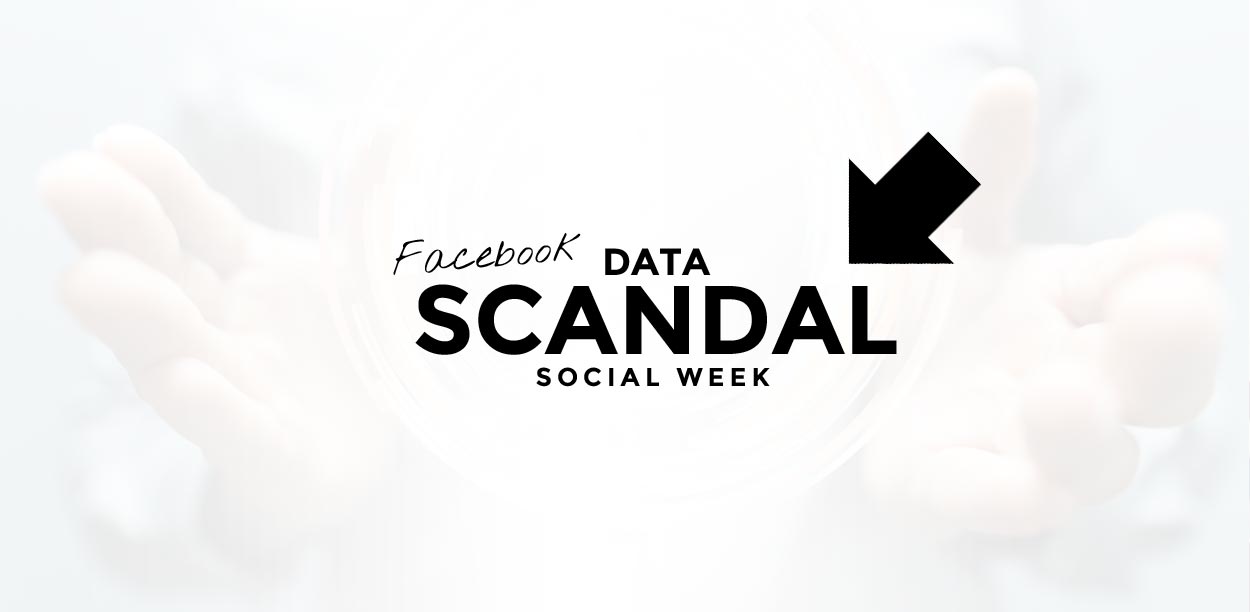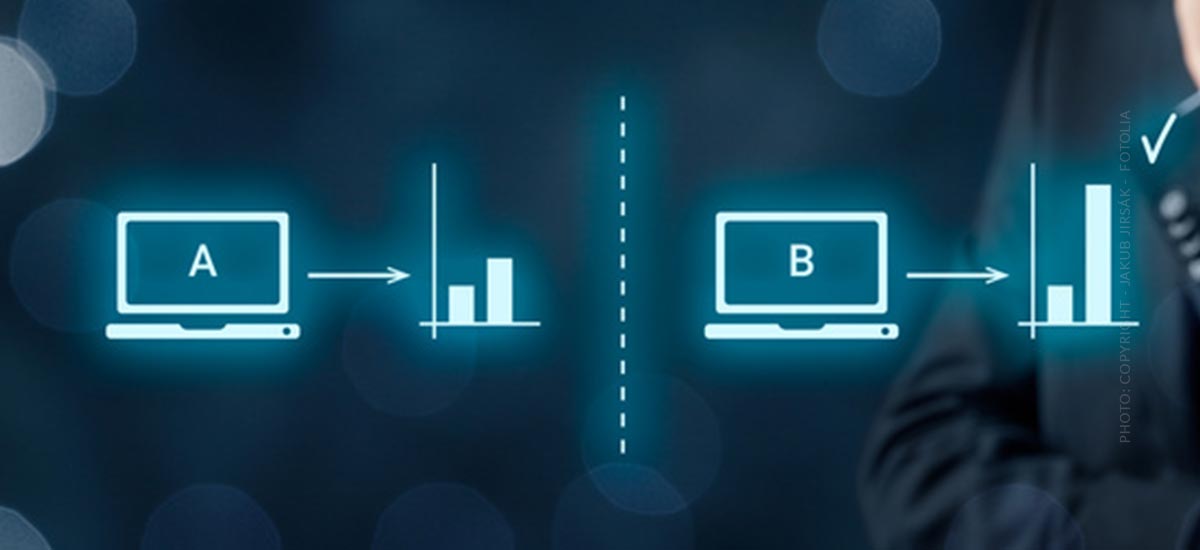Blockchain: More than just records – application & advantages and disadvantages
The term blockchain translates as “block chain”, with the blocks standing for individual data records that are stored one after the other. This results in a chain of data records. In principle, it is nothing more than a large database, where an original block represents the beginning. There chronologically always further and/or new data blocks, after examination and confirmation, are appended. Practically, it shows the history of records. It is a distributed database, meaning that each participating user of the blockchain system stores a complete copy of the blockchain on their computer. It is often used in connection with financial transactions, but should not be limited to just one type of information, as accounting or backing up music, text or photos can also benefit from the Blockchain.
Blockchain application examples
Probably the best-known application example of blockchain technology is cryptocurrencies such as Ethereum and Bitcoin. But buying and selling digital currencies is only one area of application, because blockchain technology is also suitable for many different processes in companies, such as for
- Logistics: proof of deliveries and package tracking
- Insurances: Claims processing
- Finances: fast, secure and inexpensive execution of financial transactions
- Industry: Smart Contracts

Advantages and disadvantages for companies
In addition to the high potential for companies, blockchain technology also offers some risks.
Advantages: security, speed & traceability
First of all, here we have listed some advantages:
- Documentation of the transaction
- Traceability of various processes
- Possibility of data modification only with the consent of all network participants
- Security
- Speed of transcation
Disadvantages: Manipulation, power consumption & transparency
As mentioned earlier, there are risks as well as benefits:
- Existing risk of manipulation and splitting of a network
- High power consumption due to high computing power
- Too high transparency











 4.9 / 5.0
4.9 / 5.0